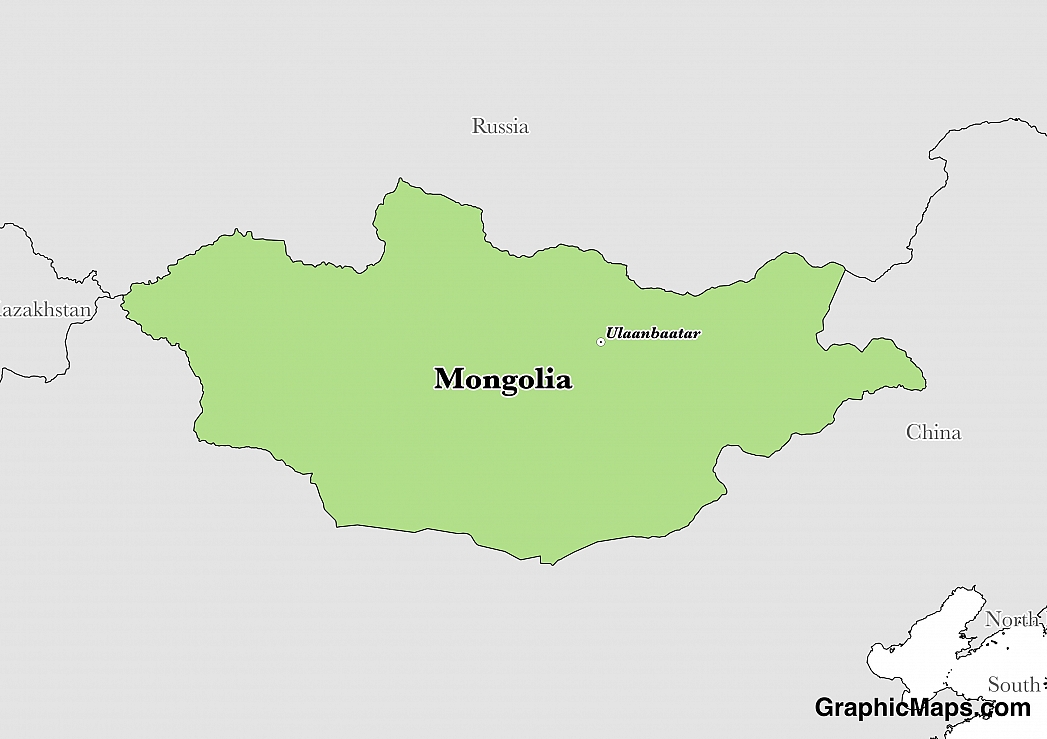The official language of Mongolia is Mongolian, the modern dialect of which originated in the 13th and 14th Century during the Mongol Empire. Mongolian was found to be related to an extinct language that was known as Khitan after previous opinions of the language being related to Turkic, Japanese, or Korean were debunked. Written literature in the language has existed since the 13th century but this is seen as an evolution of the Khitan language. Mongolian has a complex evolution and history and is one of the oldest living languages on the planet.
Approximately 95% of the country speaks Mongolian as a native language which equates to roughly 2.95 million people. There are around 5.2 million speakers of the language worldwide and many are located in China and Kazakhstan. The Khalkha dialect is the most prevalent and is written in Cyrillic in Mongolia, conversely, in Inner Mongolia, the language is more diverse and is written in the traditional Mongolian script.
Mongolian is an extremely hard language to learn to read, but after pronunciation has been mastered, the language is not as difficult to say basic phrases in. Hello is said as "sa-in ba-in-a uu", thank-you is said as "bay-ar-la-la-a", and goodbye is said as "ba-yar-ta-i". A helpful phrase is "chi angliar yaridaguu?", which means "do you speak English?".
Minority languages in the country include Korean and this is due to the high number of migrants from Mongolia to South Korea. Russian is one of the most spoken minority languages and this is a consequence of Mongolia sharing a border with Russia as well as the fact Mongolia became the second socialist republic in the world in 1924. English has been encouraged in recent years as a reflection on the post-socialist era of the nation and is gaining on Russian as one of the most prevalent minority languages.
This page was last modified on May 1st, 2018
More on Graphicmaps

Published on 2019-11-06
What is a Trade Embargo?

Published on 2019-11-04
Which Two Countries Used to Have the Same Flag?

Published on 2019-09-16
What Is the Only Two-Sided State Flag?

Published on 2019-09-16
Which Country Flag Looks Like the Texas Flag?

Published on 2019-08-29
Flags That Resemble the US Flag

Published on 2019-08-20
